Overview
Portuguese cuisine has experienced something of a revolution in recent times. Once sidelined in favour of more well-known Spanish dishes, Portugal’s locally sourced foods and regional wines have moved out of their Iberian neighbour’s shadow to take their rightful seat at the top table of European cuisine.
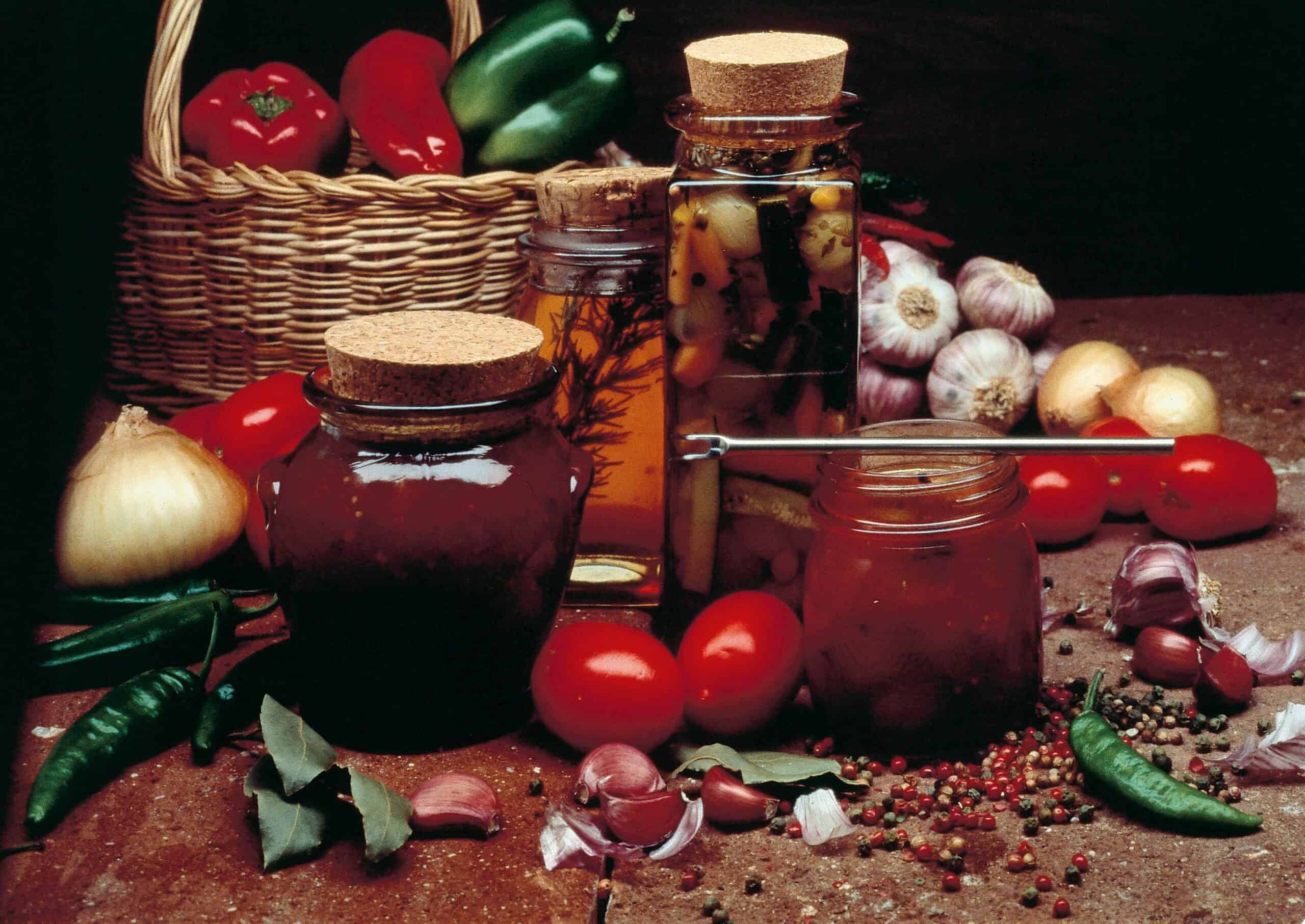 It’s tricky to sum up the cuisine of an entire country, but whichever region of Portugal you’re visiting, the same three adjectives will keep cropping up: local, seasonal and fresh.
It’s tricky to sum up the cuisine of an entire country, but whichever region of Portugal you’re visiting, the same three adjectives will keep cropping up: local, seasonal and fresh.
There are a few Portuguese delicacies you’re probably already familiar with: pasteis de nata are the famously-moreish custard tarts created in the monks of the Jeronimos monastery in Belem. They’re enjoyed all over the world, but nothing compares to tasting them at the source.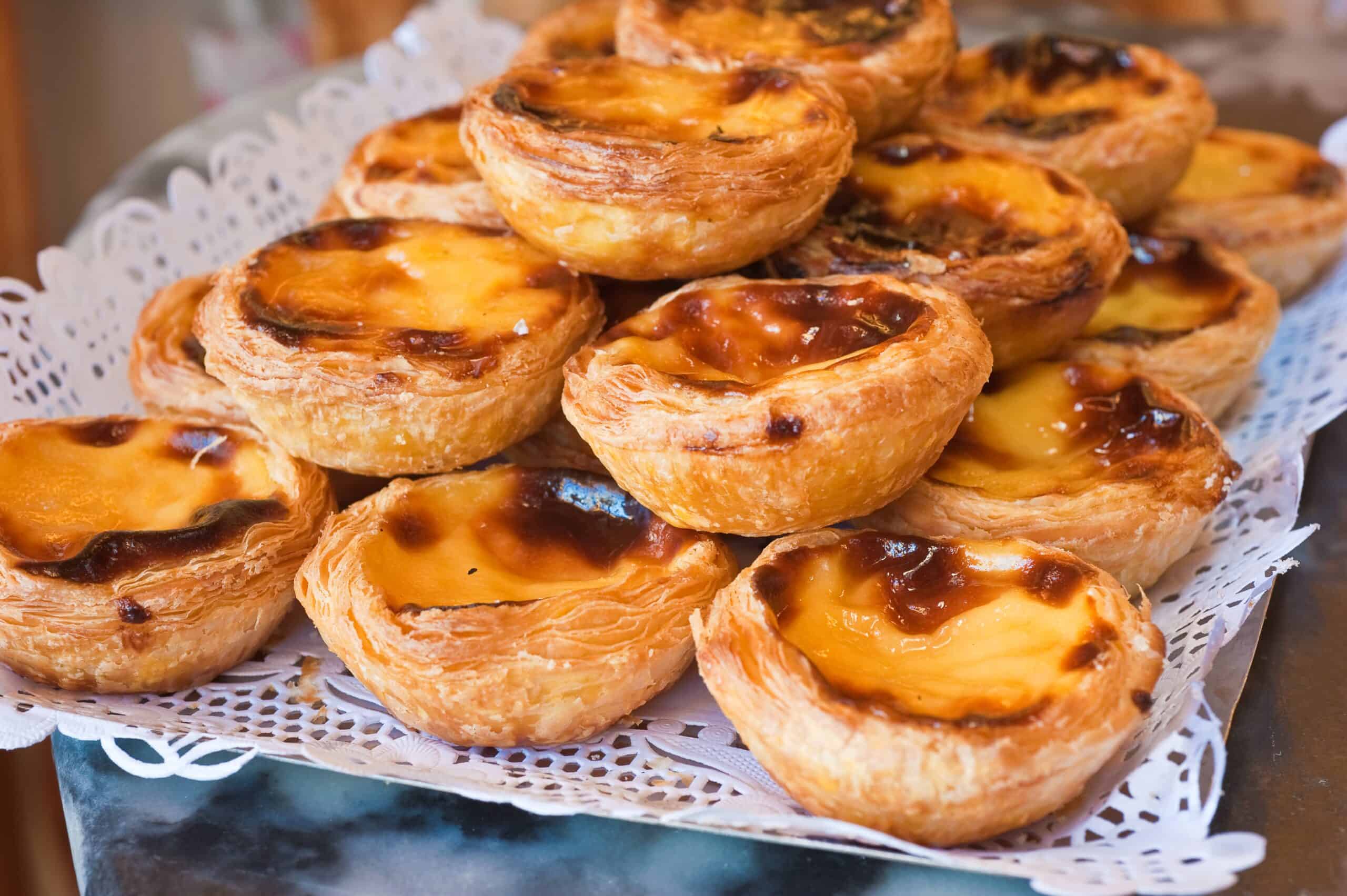 Nando’s has famously popularised peri-peri chicken. The story goes: the Portuguese introduced the small piri-piri chilli to Angola and Mozambique where it was cultivated very successfully. A young Portuguese chef called Fernando took them from Mozambique to South Africa, where he opened a small restaurant called ‘Nando’s’. His spicy chicken sauce was an instant success – he sold his ‘secret’ sauce recipe to a large investment group and the rest is history.
Nando’s has famously popularised peri-peri chicken. The story goes: the Portuguese introduced the small piri-piri chilli to Angola and Mozambique where it was cultivated very successfully. A young Portuguese chef called Fernando took them from Mozambique to South Africa, where he opened a small restaurant called ‘Nando’s’. His spicy chicken sauce was an instant success – he sold his ‘secret’ sauce recipe to a large investment group and the rest is history.
There are some excellent chicken restaurants in and around Lisbon serving the real deal – the bird is spatchcocked and cooked over hot coals, with a liberal dowsing of a spicy sauce made from chilli, pimenton, bay and occasionally basil, tarragon and aguardente.
 Port wine, Madeira wine and Moscatel are fortified wines which (here in the UK) we only tend to enjoy at Christmas – in Portugal, they’re aperitifs and indispensable accompaniments to an indulgent dessert.
Port wine, Madeira wine and Moscatel are fortified wines which (here in the UK) we only tend to enjoy at Christmas – in Portugal, they’re aperitifs and indispensable accompaniments to an indulgent dessert.
However, Portugal produces some of the best table wines in Europe – it’s only really over the last ten years that we’ve had a chance to truly appreciate them, as her vineyards have gradually produced wines in sufficient quantities for export. There are thirty-one DOC regions across the country, producing over two-hundred varieties of wine. Denominacao de Origem Controlada provides strict control of grape varieties, vinification methods, and geographic location to ensure the authenticity and quality of both the table wines and the fortified wines produced right across the country.
 Upriver of Porto, the Alto Douro region has been producing wine for over two-thousand years. The area is protected from harsh weather by the Marao and Monetmuro mountains, and well-irrigated by the Douro and its many tributaries. Its distinctive, irregular terraces are constructed from schistous stone, with the lower slopes populated by orange and cherry groves whose roots protect the integrity of the river banks. In the sleepy river side hamlet of Pinhao, you’ll still see barrels of new wine loaded on ‘rabelos’ boats for transportation downriver to Gaia where they’re aged.
Upriver of Porto, the Alto Douro region has been producing wine for over two-thousand years. The area is protected from harsh weather by the Marao and Monetmuro mountains, and well-irrigated by the Douro and its many tributaries. Its distinctive, irregular terraces are constructed from schistous stone, with the lower slopes populated by orange and cherry groves whose roots protect the integrity of the river banks. In the sleepy river side hamlet of Pinhao, you’ll still see barrels of new wine loaded on ‘rabelos’ boats for transportation downriver to Gaia where they’re aged.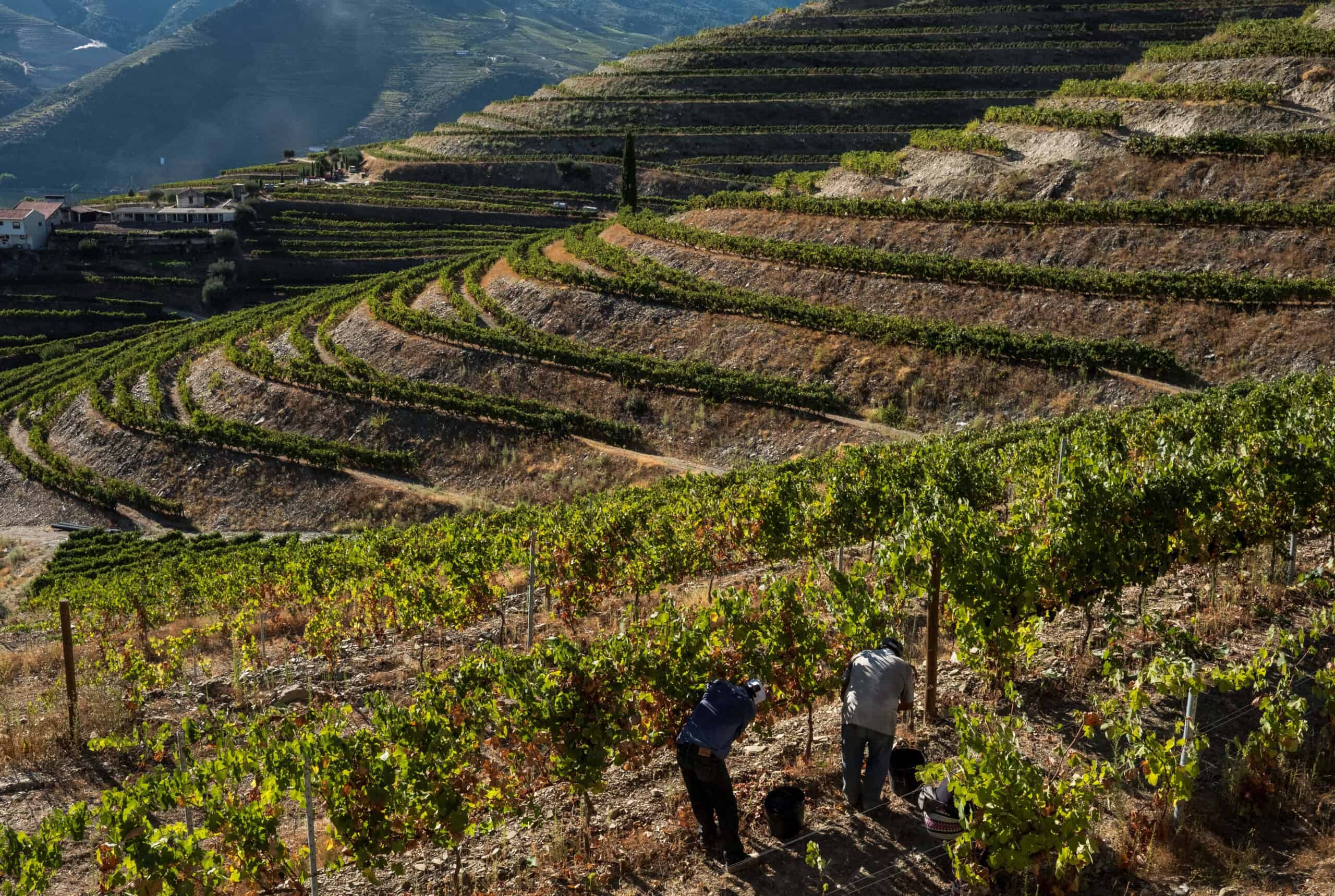
 The Entre-Douro-e-Minho region between the Douro and Minho rivers is the home of Vinho Verde – a light, young wine popular across Portugal for its fresh, floral flavour. Thanks to its proximity to the Tras-os-Montes, the granite clay soil is perfect for cultivating Loureiro and Arinto grape varieties. The region also has a dry, sunny microclimate and a lower-than-average rainfall compared to the rest of the region, giving rise to lively wines, with subtle aromas of apricot, peach and citrus.
The Entre-Douro-e-Minho region between the Douro and Minho rivers is the home of Vinho Verde – a light, young wine popular across Portugal for its fresh, floral flavour. Thanks to its proximity to the Tras-os-Montes, the granite clay soil is perfect for cultivating Loureiro and Arinto grape varieties. The region also has a dry, sunny microclimate and a lower-than-average rainfall compared to the rest of the region, giving rise to lively wines, with subtle aromas of apricot, peach and citrus.
Dao, Estremadura, Bairrada, Portimao, Tavira – the country’s wine list goes on and on. And yet Portuguese wines and vineyards are low yield and exports don’t compare to France or Italy – to truly enjoy these wines, you have to be in Portugal.
 But man cannot live on wine alone. The Portuguese relationship to food is very similar to the Italian outlook – mealtimes bring together family and friends, plans for dinner are discussed over lunch and plans for lunch occupy the conversation during breakfast. A typical meal begins with a fresh ewe’s milk cheese, local olives and cornbread – thankfully, the Portuguese have never lost their love of freshly baked bread and pao de milho, often called broa for short, is a staple throughout the country.
But man cannot live on wine alone. The Portuguese relationship to food is very similar to the Italian outlook – mealtimes bring together family and friends, plans for dinner are discussed over lunch and plans for lunch occupy the conversation during breakfast. A typical meal begins with a fresh ewe’s milk cheese, local olives and cornbread – thankfully, the Portuguese have never lost their love of freshly baked bread and pao de milho, often called broa for short, is a staple throughout the country.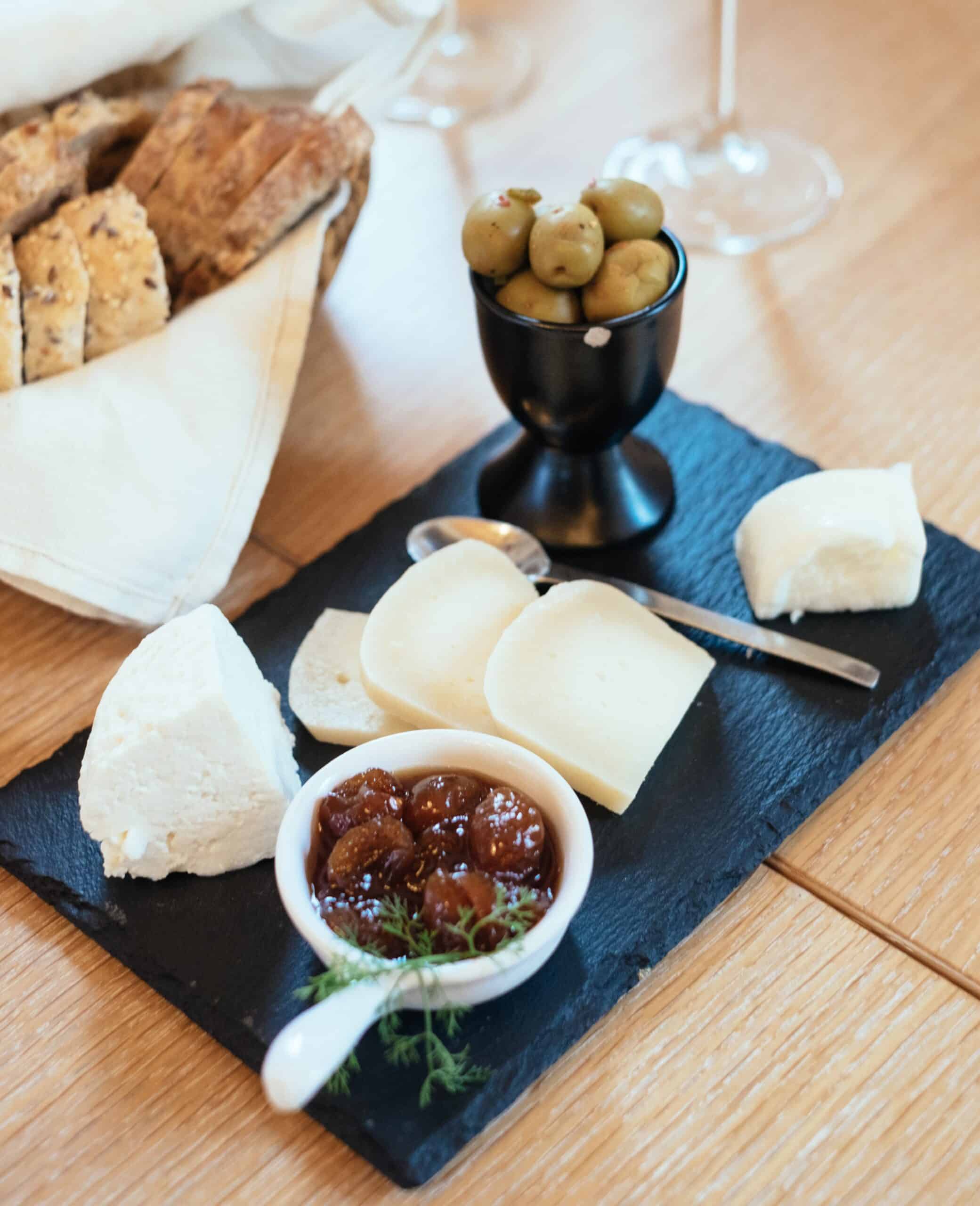 Moving down the entrada (starters) menu, you’ll usually see sopa de legumes (vegetable), sopa de peixe (fish) and the classic caldo verde –potatoes, kale and chourico. The famous Portuguese verses Spanish rivalry extend as far as cured sausage – Spanish chorizo is an inadequate substitute to home-grown chourico and you’ll be heading home early if you suggest otherwise.
Moving down the entrada (starters) menu, you’ll usually see sopa de legumes (vegetable), sopa de peixe (fish) and the classic caldo verde –potatoes, kale and chourico. The famous Portuguese verses Spanish rivalry extend as far as cured sausage – Spanish chorizo is an inadequate substitute to home-grown chourico and you’ll be heading home early if you suggest otherwise.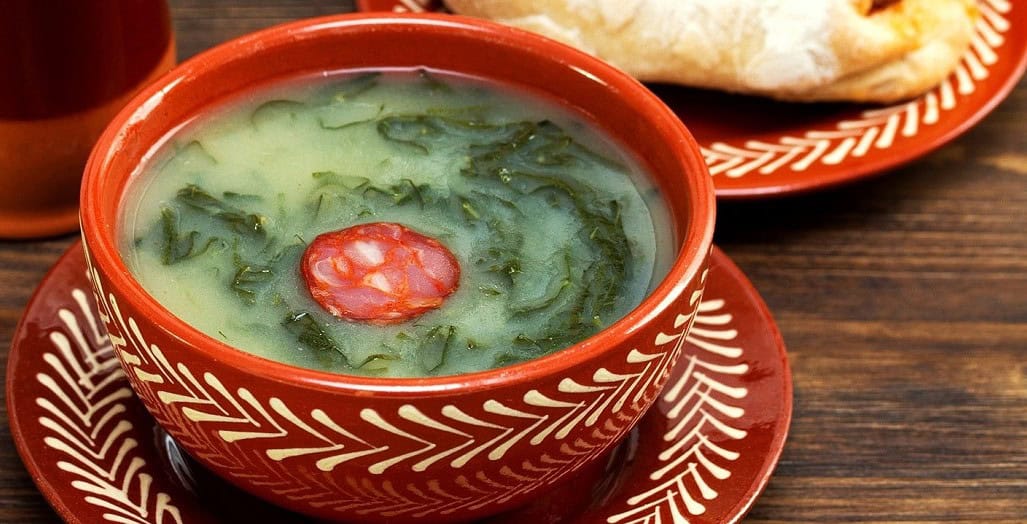
In the north, you might see bolinhos de bacalhau as a starter (its name changes to pasteis de bacalhau as you cross some invisible border heading south): deep fried balls of bacalhau (dry salted cod) mixed with potato, onion and parsley. For anyone unfamiliar with bacalhau, it’s a method of preserving cod for long periods of time. The fish is soaked in extremely salty, before being slowly air dried – a process which also intensifies the flavour of the fish. Before cooking, the cod is soaked in fresh water, ideally for a couple of days, with the water being refreshed periodically to remove as much of the salt as possible (until very recently, a toilet cistern was a popular tool for this process). In the capital Lisbon, one of the most-popular entradas is ameijoas a bulhao pato – clams with olive oil, garlic, coriander, lemon and a good local vino branco. Be sure to save some of the pao de milho to mop up the delicious sauce.
In the capital Lisbon, one of the most-popular entradas is ameijoas a bulhao pato – clams with olive oil, garlic, coriander, lemon and a good local vino branco. Be sure to save some of the pao de milho to mop up the delicious sauce.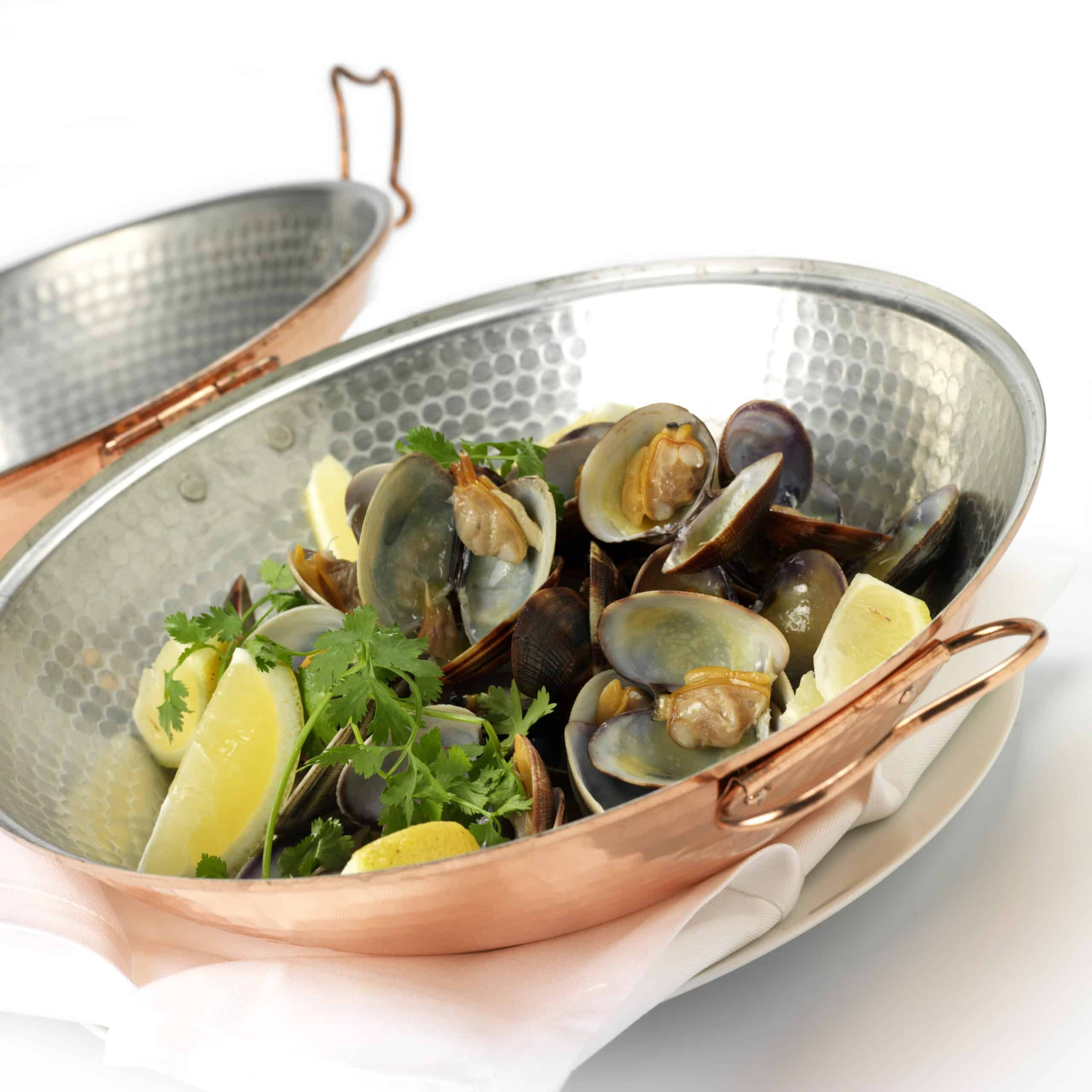 Pork is much-coveted, particularly in the Central and Alentejo regions whose farming heritage give its cuisine rustic, hearty slant. The Black Iberian pig is often associated with Spain but it’s also native to Portugal. It has impeccable organic credentials, roaming ancient cork forests and subsisting on a diet of acorns which impart a strong, nutty flavour to the meat. Leitao assado, or suckling pig, is a speciality in restaurants around the historic university town of Coimbra.
Pork is much-coveted, particularly in the Central and Alentejo regions whose farming heritage give its cuisine rustic, hearty slant. The Black Iberian pig is often associated with Spain but it’s also native to Portugal. It has impeccable organic credentials, roaming ancient cork forests and subsisting on a diet of acorns which impart a strong, nutty flavour to the meat. Leitao assado, or suckling pig, is a speciality in restaurants around the historic university town of Coimbra.
Head up into the mountains of the Serra da Estrela where the residents are famously thrifty, and pork is combined with black beans and a smoky pimenton to create a feijoada stew. Unlike paprika, pimenton is made from smoke-dried peppers, (rather than air-dried and sweet, or smoked varieties).
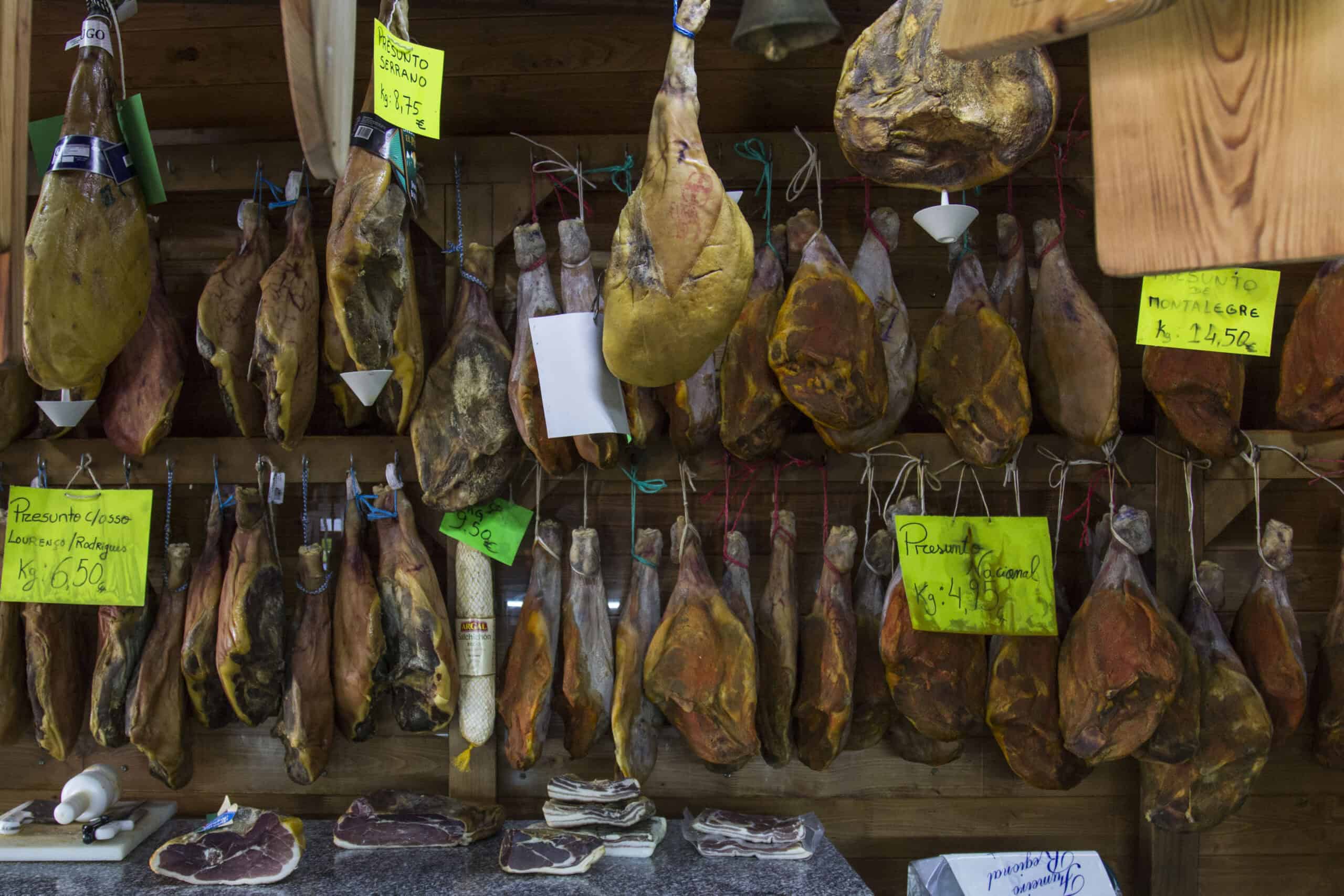 The Serra da Estrela mountains are also the source for the country’s most popular cheese: queijo da serra. Ewe’s milk and thistle rennet are combined by hand, and aged for just thirty days to produce a cheese which is soft and spreadable, with a rich concentrated flavour.
The Serra da Estrela mountains are also the source for the country’s most popular cheese: queijo da serra. Ewe’s milk and thistle rennet are combined by hand, and aged for just thirty days to produce a cheese which is soft and spreadable, with a rich concentrated flavour.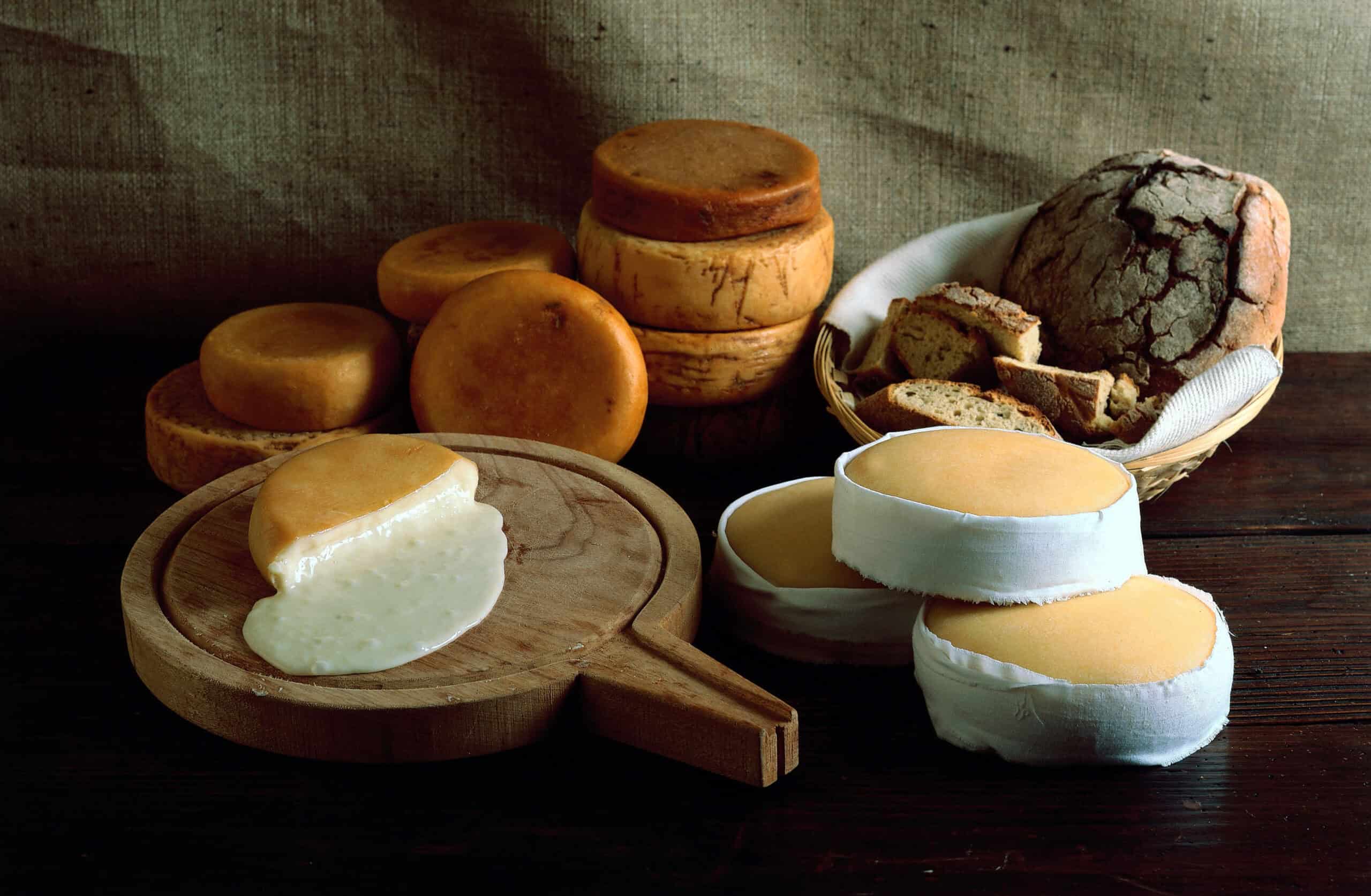 Sometimes as a starter, sometimes as a side dish, morcela (black pudding) is popular in all regions of Portugal. The recipe varies from place to place: the country’s ‘age of discovery’ saw an influx of spices from Brazil, Macau, Goa and from Morocco via the southern port towns of the Algarve. Cinnamon and nutmeg often dominate morcela recipes in the south where the north African influence is strongest. Fiery black pepper and chilli make an appearance in Lisbon, reflecting a time when pepper was the preserve of the capital’s upper classes.
Sometimes as a starter, sometimes as a side dish, morcela (black pudding) is popular in all regions of Portugal. The recipe varies from place to place: the country’s ‘age of discovery’ saw an influx of spices from Brazil, Macau, Goa and from Morocco via the southern port towns of the Algarve. Cinnamon and nutmeg often dominate morcela recipes in the south where the north African influence is strongest. Fiery black pepper and chilli make an appearance in Lisbon, reflecting a time when pepper was the preserve of the capital’s upper classes.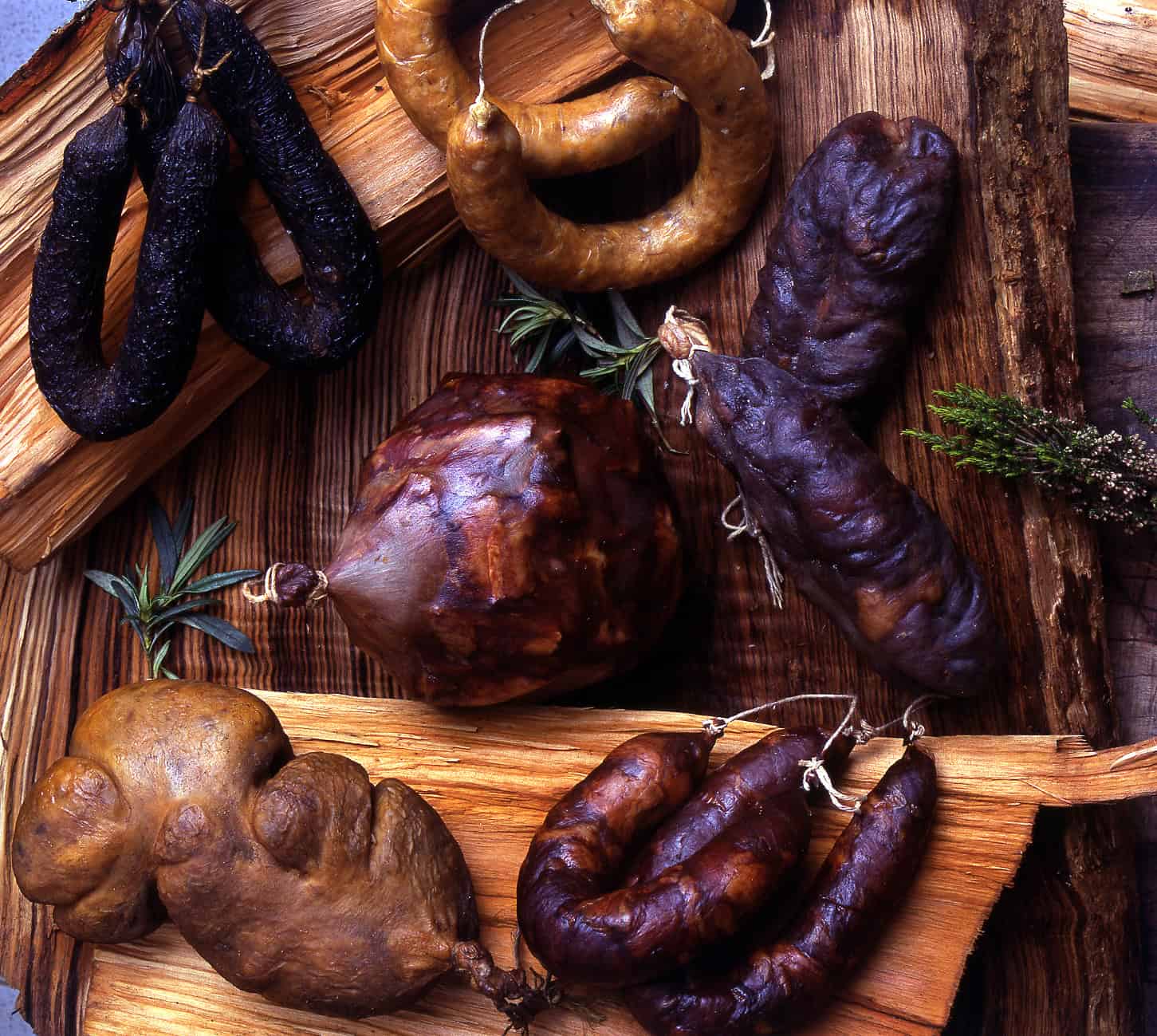 In the north, Porto’s signature dish combines Iberian pork, morcela, beef and cheese into the culinary milestone that is francesinha. Its origins lie in croque monsieur, adapted by a native of the city on his return from France, and as big portions are an all-pervading characteristic of Portuguese cuisine, a simple ham and cheese sandwich was never going to cut it.
In the north, Porto’s signature dish combines Iberian pork, morcela, beef and cheese into the culinary milestone that is francesinha. Its origins lie in croque monsieur, adapted by a native of the city on his return from France, and as big portions are an all-pervading characteristic of Portuguese cuisine, a simple ham and cheese sandwich was never going to cut it.
A typical francesinha is constructed from multiple layers of bread, steak, ham and sausage. It’s covered in melted cheese, before being coated in a tomato, beer and black pepper sauce. Each restaurant has its own ‘secret sauce’, but french fries are always served on the side in case you get peckish.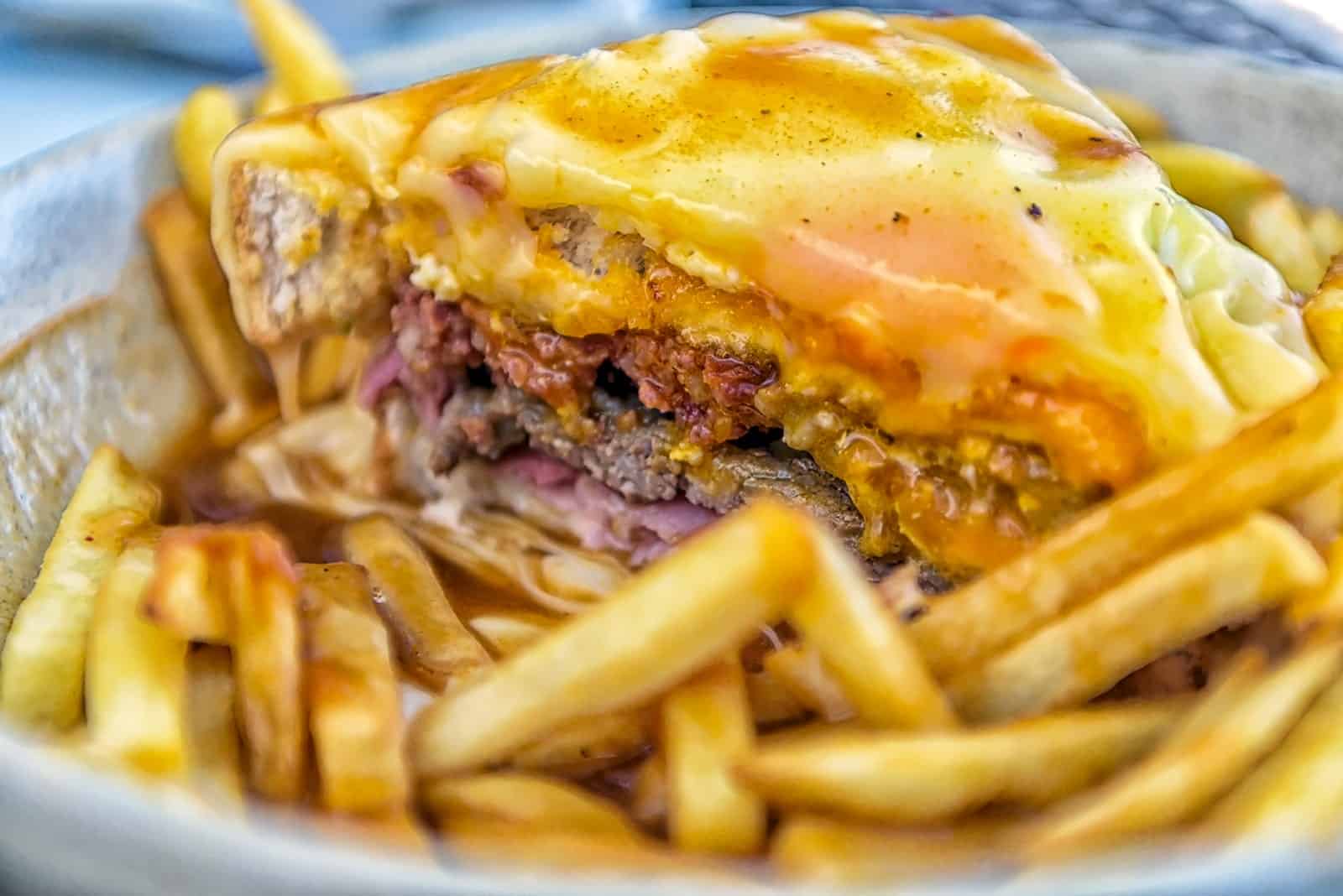 As the western-most point of mainland Europe and with over 900km of coastline, it’s understandable that seafood is the backbone of the country’s cuisine. Grilled sardines (sardinhas assadas) are deeply embedded in Portuguese culture and are often central to many religious celebrations, particularly around the Tejo river basin. The sardines are held in a special grate and cooked over open coals – prepped correctly, the skin should be toasted and salty, and the flesh soft and smoky. A local Lisboeta might advise you to also eat the bones and innards too – it’s an in-joke aimed at tourists; politely decline.
As the western-most point of mainland Europe and with over 900km of coastline, it’s understandable that seafood is the backbone of the country’s cuisine. Grilled sardines (sardinhas assadas) are deeply embedded in Portuguese culture and are often central to many religious celebrations, particularly around the Tejo river basin. The sardines are held in a special grate and cooked over open coals – prepped correctly, the skin should be toasted and salty, and the flesh soft and smoky. A local Lisboeta might advise you to also eat the bones and innards too – it’s an in-joke aimed at tourists; politely decline.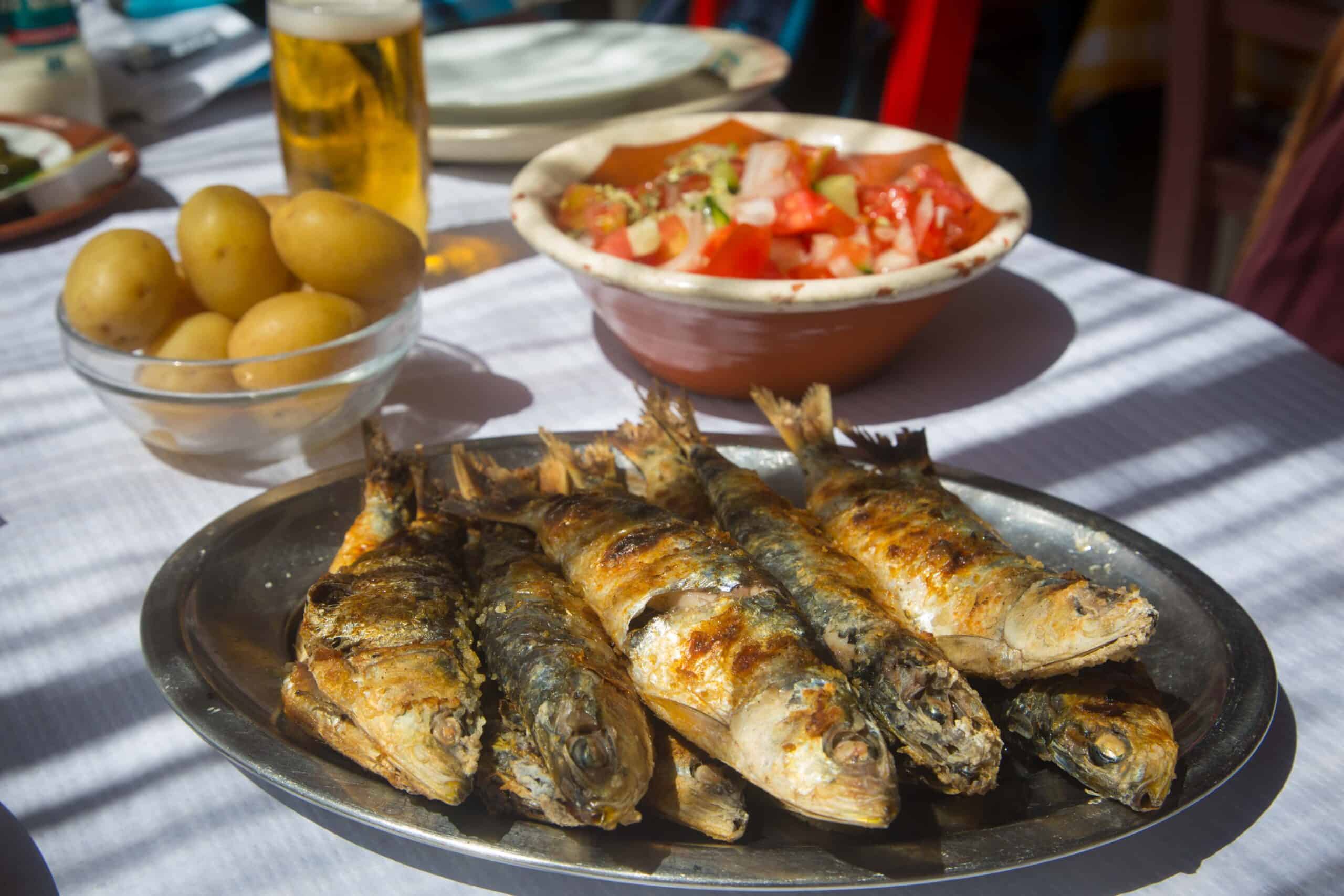 Bife de atum (tuna), caldeirada de peixe (fish stew) and arroz de lingueirao (razor clam rice) are particularly popular in coastal towns like Nazare, Sines, Tavira and Sagres, but only bacalhau is ubiquitous. Wherever you are in the country, you’ll usually find bacalhau a bras on the menu and it’s considered by many to be the ultimate Portuguese comfort food.
Bife de atum (tuna), caldeirada de peixe (fish stew) and arroz de lingueirao (razor clam rice) are particularly popular in coastal towns like Nazare, Sines, Tavira and Sagres, but only bacalhau is ubiquitous. Wherever you are in the country, you’ll usually find bacalhau a bras on the menu and it’s considered by many to be the ultimate Portuguese comfort food.
The cod is broken up into large flakes and mixed with onions, garlic, scrambled egg, parsley and black olives, and thin matchstick-sized fired potatoes (which are incredibly moreish). The recipe originated in the Bairro Alto district of Lisbon in the late 19th century – Bras being the name of the restaurant owner – and variations are abound: sardinha a bras, fiambre a bras (pork) and frango a bras (chicken) to name but a few.
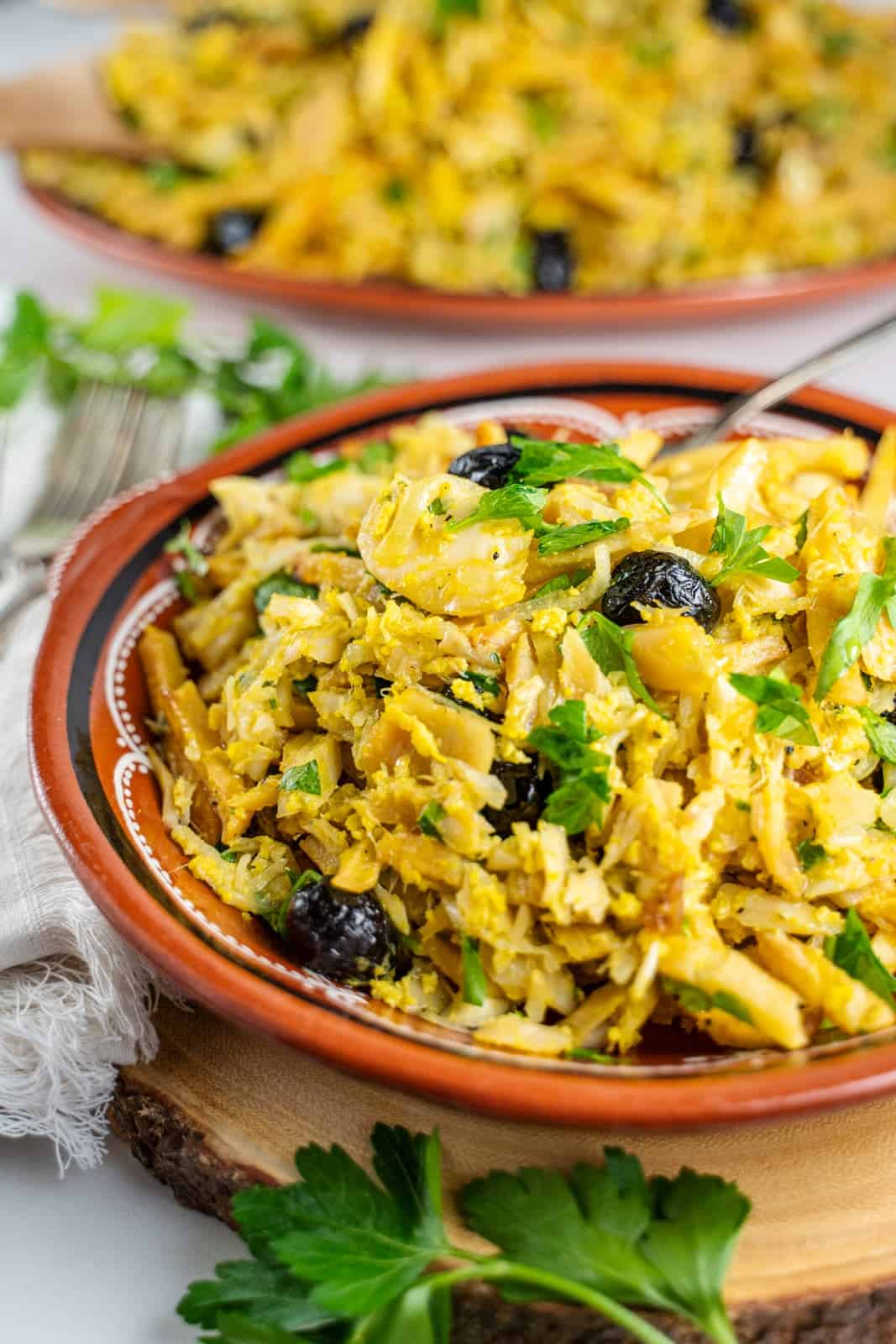
Where there’s bacalhau, you’ll usually find polvo (octopus) – grilled, roasted, in salads and in stews. The classic polvo a lagareiro sees it simply sauteed in olive oil with onions, garlic, par-boiled potatoes and bay leaves. Prawn dishes also come in many forms – with gambas ao alho, the prawns are steamed in seawater, tossed in garlic, parsley and lemon, and served with both rice and fries.
Head down river from Lisbon to the Mercado da Vila in Cascais to sample the best gambas, choco frito (marinated and battered cuttlefish) and the legendary bruxas (bite-sized slipper lobsters severed with a tangy aioli).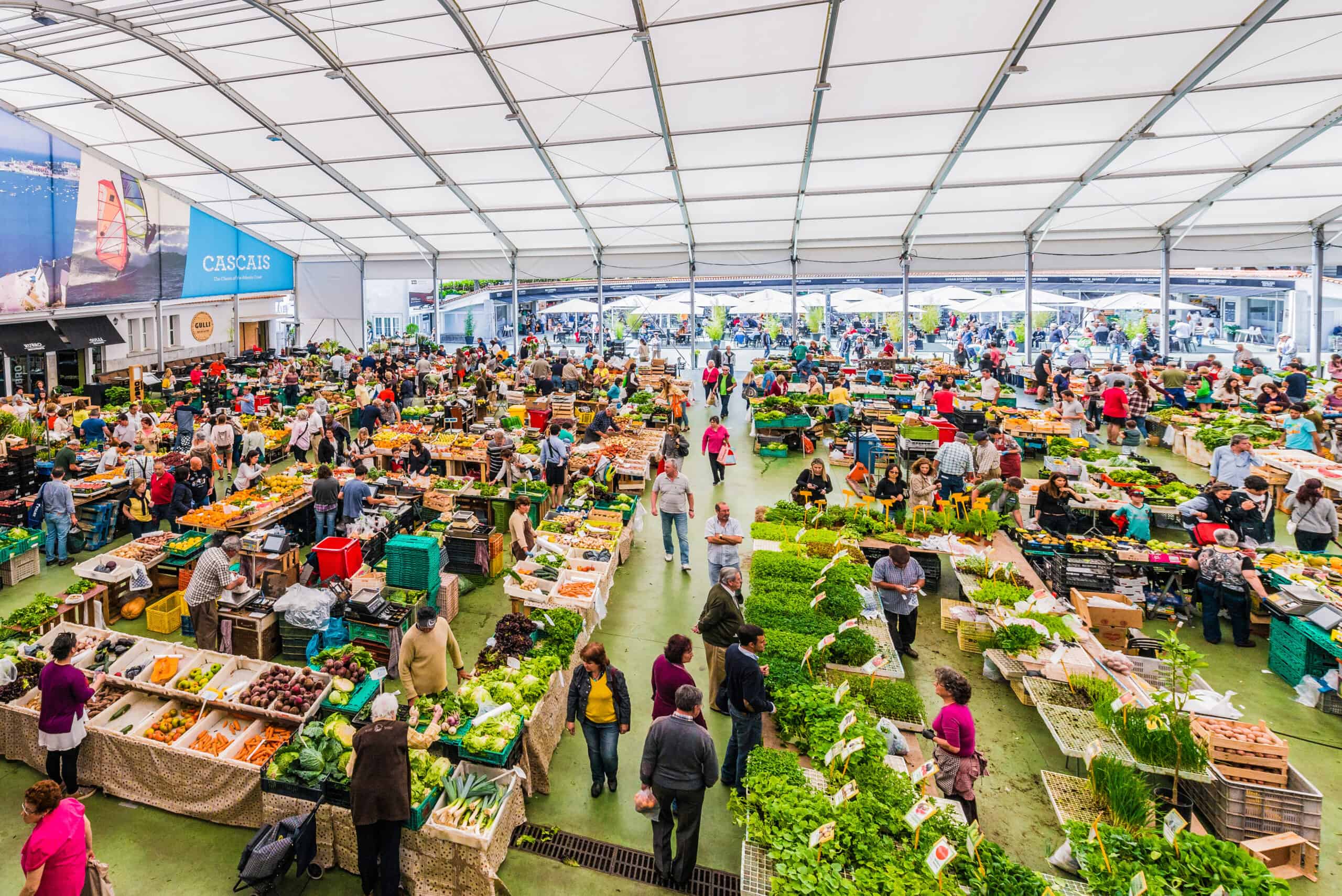
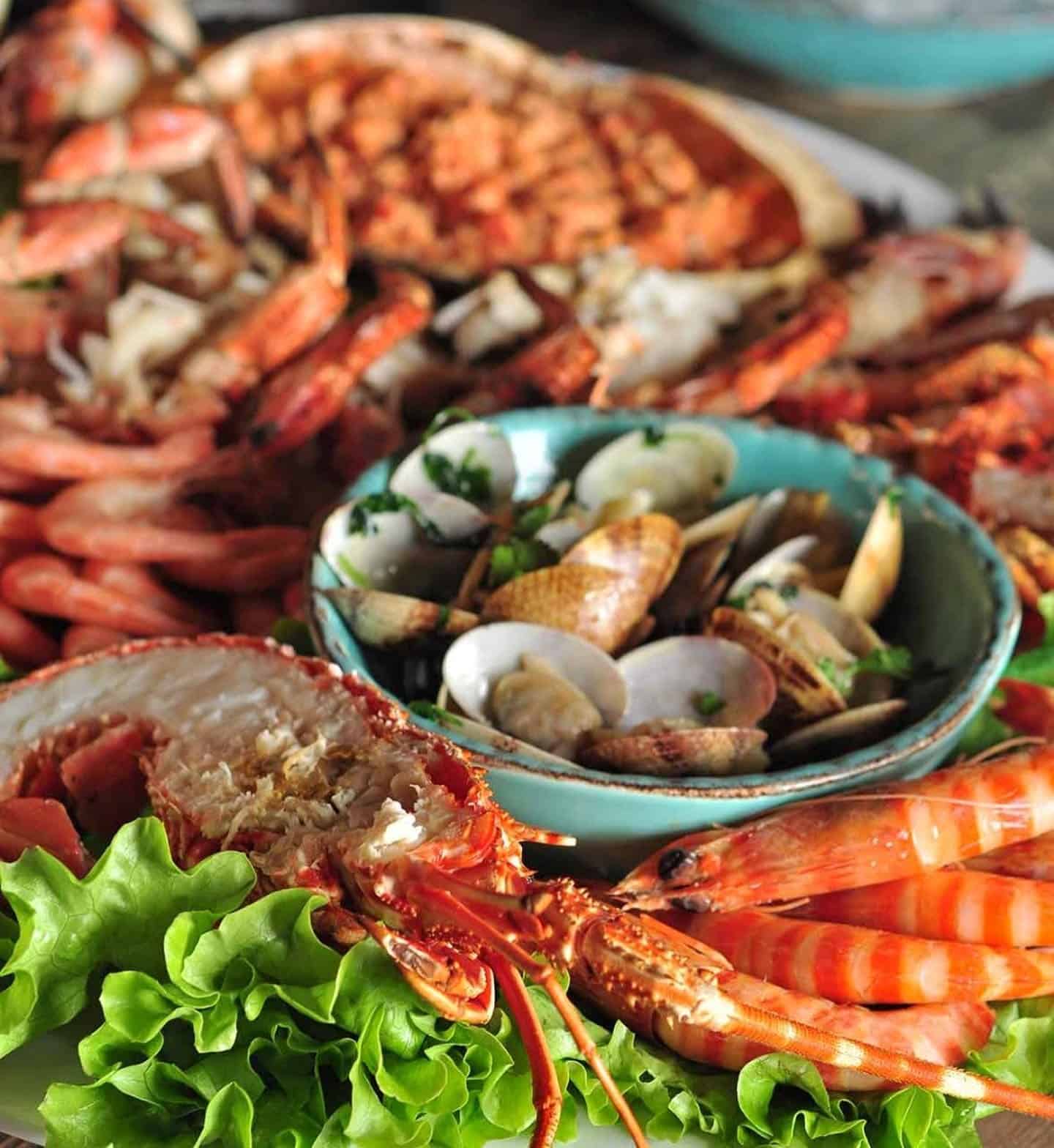 If you’re not planning to explore the length and breadth of Portugal, fear not. If you opt for our Lisbon City Break, the majority of Portugal’s most popular dishes can be found in and around the capital, where an abundance of restaurants bring together every conceivable regional dish from across the whole country.
If you’re not planning to explore the length and breadth of Portugal, fear not. If you opt for our Lisbon City Break, the majority of Portugal’s most popular dishes can be found in and around the capital, where an abundance of restaurants bring together every conceivable regional dish from across the whole country.
Lisbon also leads – it’s the place where many of Portugal’s long-held culinary traditions are being challenged by a new generation of chefs, whose imaginative and exciting dishes are allowing the best of the country’s sensational produce to shine.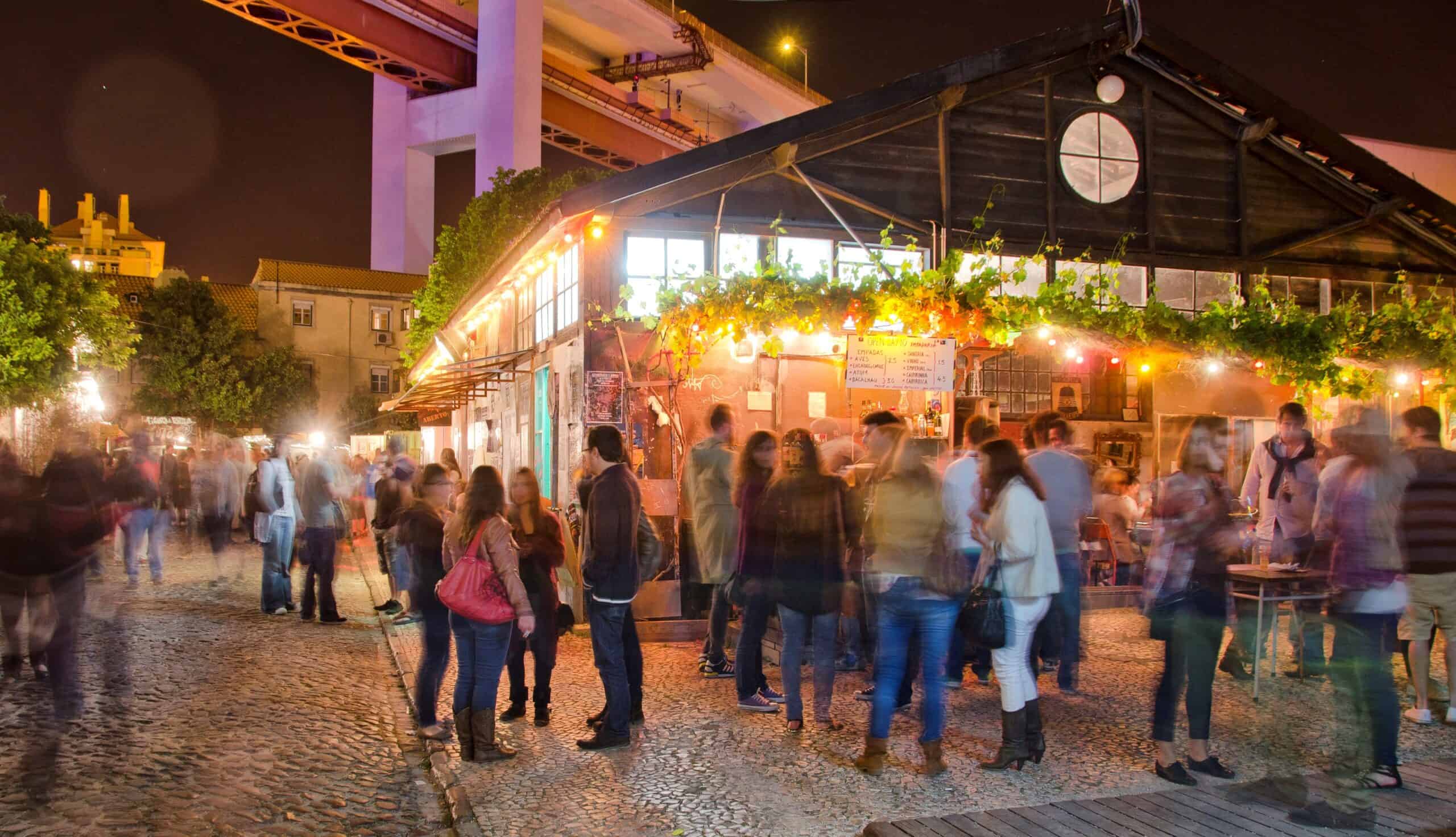
Archipelago Choice Portugal Specialists
We specialise in tailor-made holidays to Portugal. Call now on 017687 721070 to begin planning your own personalised trip.









Follow us online